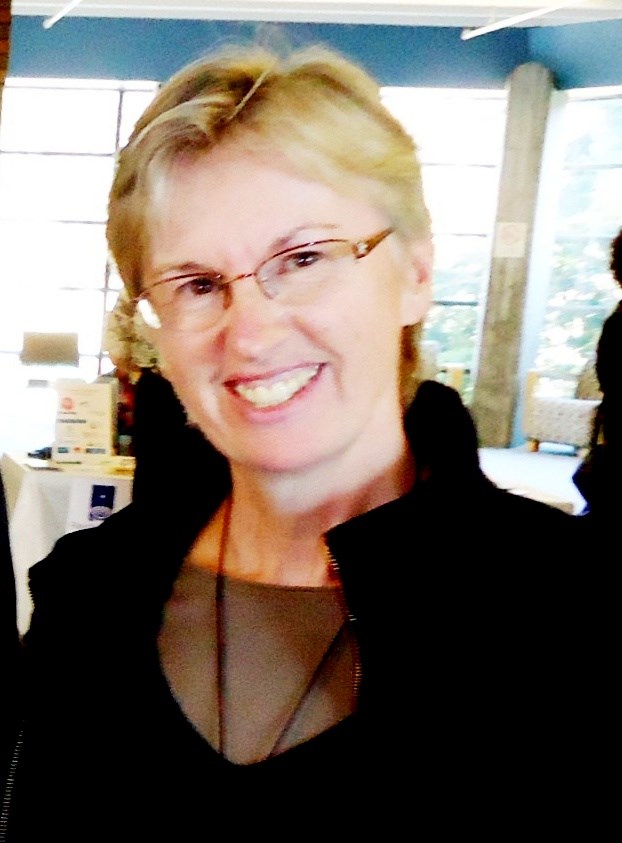 How does one cultivate spirituality in children? Spirituality has the reputation of being ethereal and difficult, or at least that’s its public persona. It’s considered a serious pursuit, taking time, discipline, deep thought, and above all, peace and quiet. Babies, on the other hand, are noisy, stress-on-demand, sleep-depriving little bundles of pure energy!
How does one cultivate spirituality in children? Spirituality has the reputation of being ethereal and difficult, or at least that’s its public persona. It’s considered a serious pursuit, taking time, discipline, deep thought, and above all, peace and quiet. Babies, on the other hand, are noisy, stress-on-demand, sleep-depriving little bundles of pure energy!
Maybe our definition needs a little tweaking?
There are so many ways of looking at that part of ourselves. Some associate spirituality with right-brain activities, such as creativity, a feeling of oneness with creation, intuition, empathy. Most, I think, also equate it with all manner of virtues. And I’m sure there are those who would consider a definition incomplete without reference to the ability to know or see things with the inner eye, without reliance on the senses, even though that may be more controversial.
If human beings possess any or all such capabilities, it follows that children can be taught to acquire them. Spirituality isn’t an added ingredient, though, like mixing flour into a sauce. It’s more like watering a tender young shoot that already carries all it needs in its DNA. The catch is, although spiritual qualities may be part of the human template, the environment of the child will determine whether they’re developed, ignored or suppressed.
While it doesn’t specifically deal with spirituality, the book Bringing Up Bébé by Pamela Druckerman, an American studying French child-rearing habits, points to the advantages of patient training based on a belief in the child’s capacity. I found it especially interesting because when our kids were little we lived in the French Caribbean. I’d often be fascinated by the quiet, respectful behavior of French mothers towards their children. There was this sort of singsong dialogue, similar to the way we all speak to babies when first teaching them language. Except this was an elementary school version, guiding and informing, in a gentle, confidant voice. It was like watching the intravenous transfer of an entire cultural heritage taking place, one small child at a time.
My current theory, in hindsight, is that the “transfer” was one of values and attitudes, more than any specific body of knowledge. At the time, admiring the technique but lacking a copy of the French script, I researched child development as best I could. My principal source, outside of Dr. Spock, was the Bahá’í writings. The Bahá’í view of children is that they must be treated gently, trained gradually in every good quality, and accustomed to a certain amount of work and effort. The overall idea is to instill high ideals and goals, and a sense of their own nobility as human beings.
As our children grew up and eventually went to school in a few different Canadian provinces, this felt like a very tall order, and the “nobility” part especially seemed at variance with the influence of popular culture. The media seemed to ignore spirituality in all age groups far more than it recognized or developed it. Fortunately several teachers did a far better job, rarely overtly, but through reading their students’ hearts and feeding their souls.
People often say that they had more of a sense of their own spirituality as children, and that it became somewhat lost or obscured in the process of growing up. Much of life is spent recovering it. Wouldn’t it be so much better and easier if adolescents could develop their adult identities from a connected, confident sense of their true selves? Maybe the first step is to teach virtues and values, right from birth. And then find a community that shares them. It takes a village!
Sheila Flood practices the Bahá'í Faith, is active in interfaith work, and hosts a monthly potluck discussion on spiritual matters.
You can read more posts on Spiritually Speaking HERE


